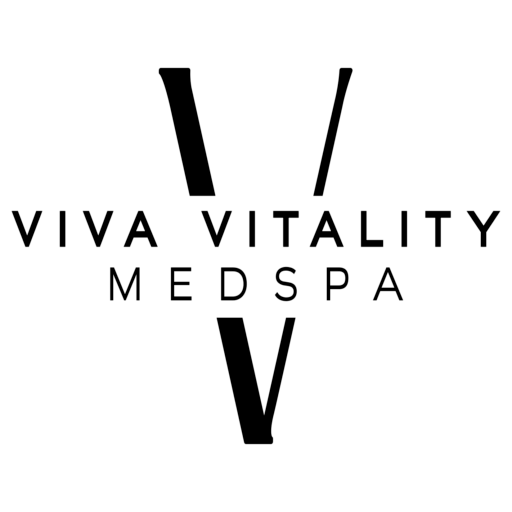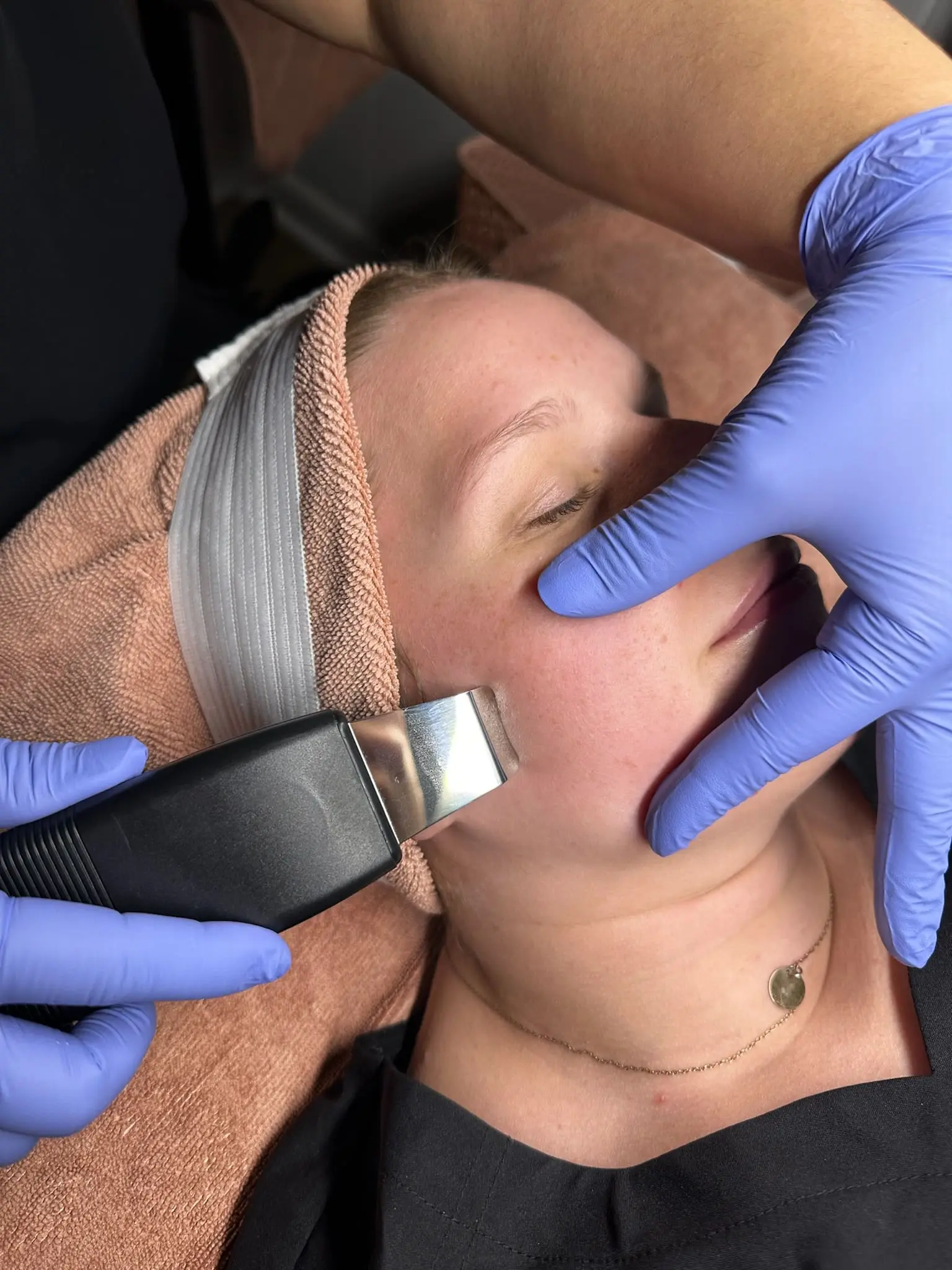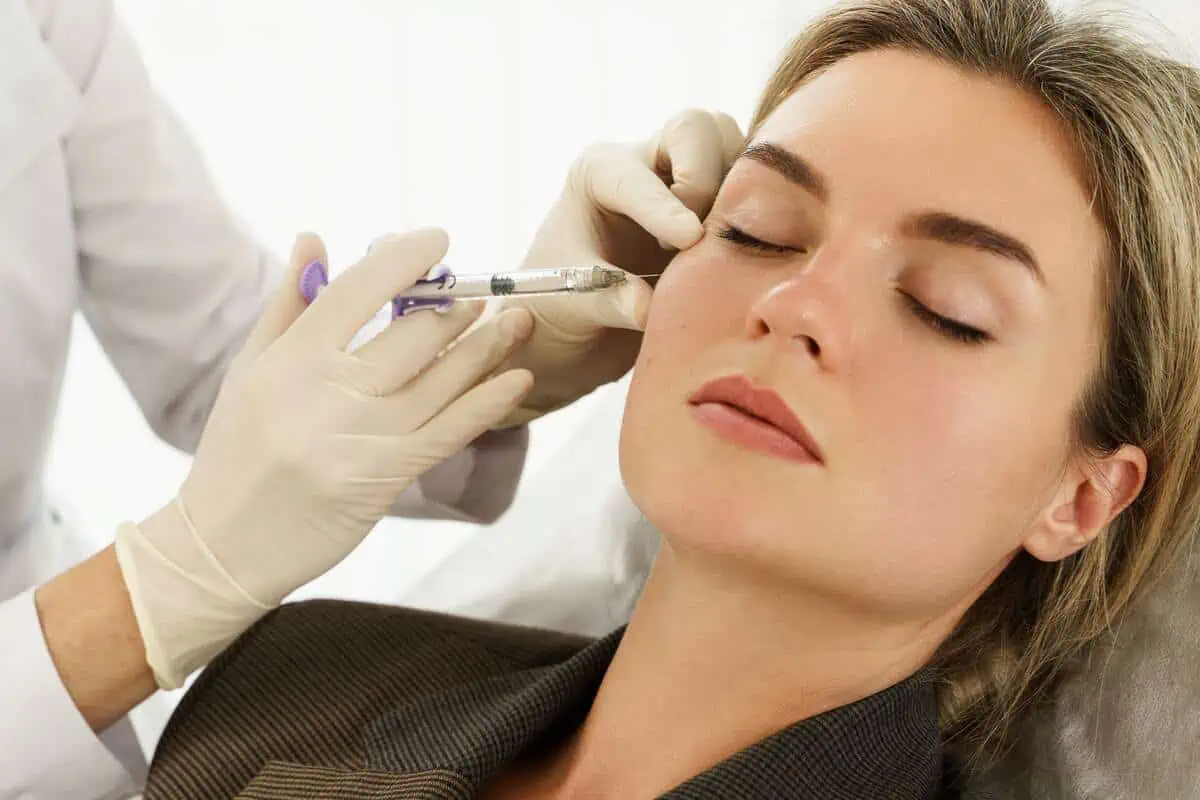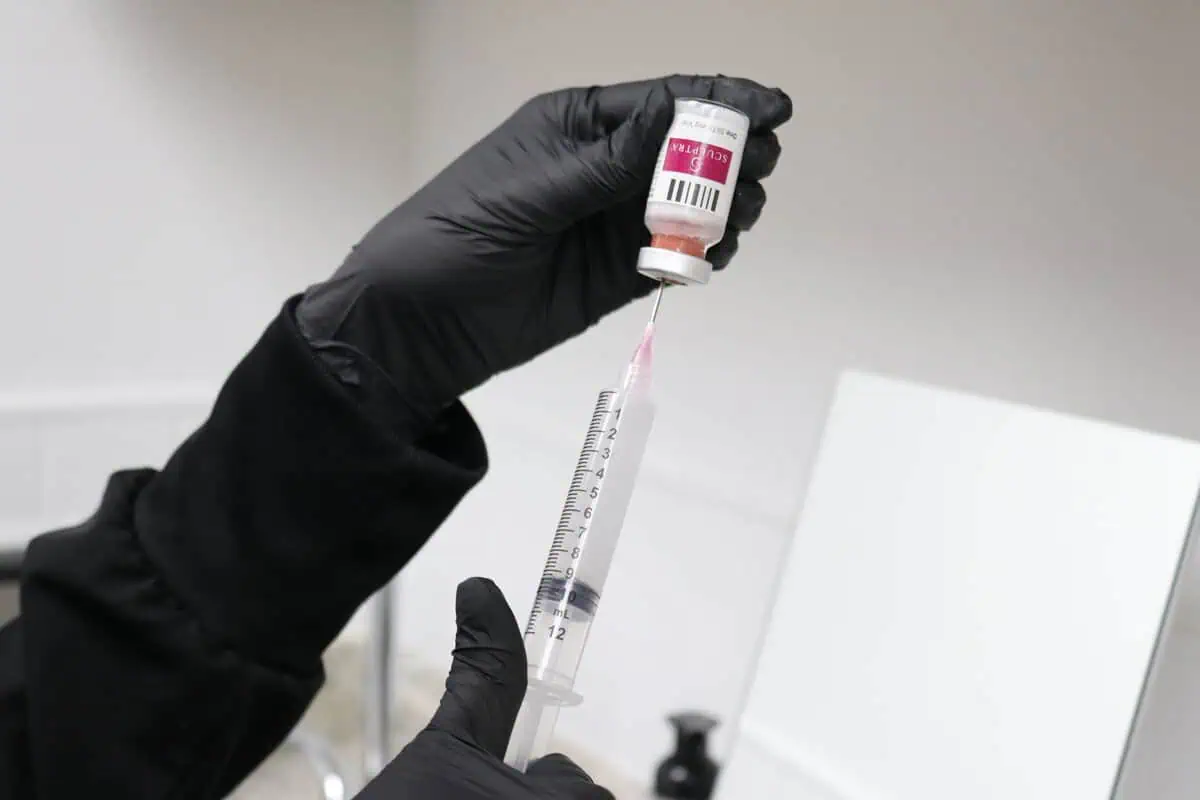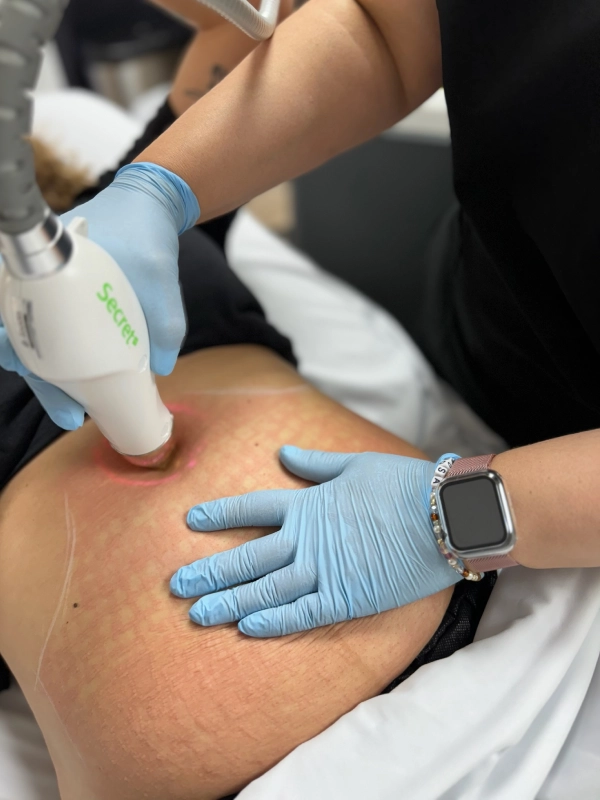PDO threads have gained popularity in recent years as a non-surgical facelift alternative. PDO stands for polydioxanone, a biodegradable material commonly used in surgeries. PDO threads, in tiny threads, are inserted into the skin, stimulating collagen production, lifting sagging skin, and improving skin texture. In this blog, we’ll discuss in detail everything about PDO threads.
What are PDO threads?
PDO threads are a type of absorbable sutures made of polydioxanone. They are biodegradable, meaning they break down in the body over time. PDO threads come in different lengths and thicknesses, depending on the face area or body being treated. They have tiny barbs or cones that anchor the threads in the skin and help lift and tighten sagging skin.
How do PDO threads work?
PDO threads work by stimulating collagen production in the skin. Collagen is a protein that provides structure and support to the skin, giving it a firm and youthful appearance. As we age, collagen production decreases, resulting in sagging and wrinkled skin. PDO threads trigger the body’s natural healing response, causing an increase in collagen production.
PDO threads are inserted into the skin using a small needle. Once inserted, the threads create a scaffolding structure, which helps lift and tighten sagging skin. The threads dissolve over time, but the body’s collagen remains, providing long-lasting results.
PDO thread procedure: What to expect?
Depending on the treated area, PDO thread procedures typically take 30 minutes to an hour to complete. Before the procedure, the skin is cleaned and numbed with a local anesthetic. The PDO threads are then inserted into the skin using a small needle. The number of threads used and the depth of insertion depends on the individual’s skin condition and desired results.
After the procedure, some patients may experience bruising, swelling, and discomfort. However, these side effects usually subside within a few days. Patients can resume their normal activities immediately after the procedure, but they should avoid strenuous exercise and facial massages for a few days.
PDO thread treatment areas
PDO threads can be used to treat various areas of the face and body, including:
- Forehead
- Eyebrows
- Cheeks
- Nasolabial folds (these are lines between the nose and mouth)
- Jowls
- Neck
- Arms
- Abdomen
- Thighs
PDO threads are most commonly used to lift sagging skin in the face and neck area, but they can also contour and tighten other body parts.
PDO thread benefits
PDO threads offer several benefits over traditional facelift surgery, including:
- Non-surgical: PDO threads are a non-surgical alternative to traditional facelift surgery. They don’t require general anesthesia or incisions, and there’s no scarring.
- Minimal downtime: Unlike facelift surgery, which requires several weeks of rest, patients can resume their normal activities immediately after the procedure.
- Natural-looking results: PDO threads provide natural-looking results that improve over time as collagen production increases.
- Long-lasting results: PDO threads provide long-lasting results, with some patients seeing improvements for up to two years.
PDO thread drawbacks
While PDO threads offer several benefits, they also have some drawbacks, including:
- Results vary: PDO threads may not be suitable for everyone, and results may vary depending on the individual’s skin condition and the number and depth of threads used.
- Temporary side effects: Patients may experience temporary side effects, such as bruising, swelling, and discomfort, which usually subside within a few days.
- Not suitable for severe sagging: PDO threads are most effective for mild to moderate sagging. They may not be ideal for severe sagging or advanced signs of aging.
- Cost: PDO thread treatment can be expensive and may not be covered by insurance.
- Skill and experience of the practitioner: The effectiveness and safety of PDO thread treatment depend on the skill and expertise of the practitioner. Patients should choose a board-certified practitioner who has experience with PDO thread treatment.
Who is a suitable candidate for PDO threads?
PDO threads treatment is perfect for individuals with mild to moderate signs of aging and skin laxity. Good candidates for PDO threads are typically in their 30s to 60s and have a healthy skin condition. PDO threads may not be suitable for individuals with severe sagging or advanced signs of aging. Pregnant or breastfeeding women and individuals with certain medical conditions may not be good candidates for PDO thread treatment.
Before undergoing PDO thread treatment, patients should schedule a consultation with a board-certified practitioner with experience with PDO threads. The practitioner will evaluate the patient’s skin condition and determine if PDO threads suit them.
PDO threads vs. other non-surgical facelift options
PDO threads are just one of several non-surgical facelift options available. Other options include:
- Dermal fillers: Dermal fillers are injectables that add volume to the face and smooth out wrinkles and fine lines. They are effective for filling areas of the face that have lost volume due to aging.
- Botox: Botox is a neurotoxin that relaxes facial muscles, reducing the appearance of wrinkles and fine lines.
- Laser treatments: Laser treatments use focused light energy to stimulate collagen production in the skin, improving skin texture and reducing the appearance of wrinkles and fine lines.
PDO threads offer several advantages over other non-surgical facelift options. Unlike dermal fillers and Botox, which only provide temporary results, PDO threads provide long-lasting results. They also offer a more natural-looking lift than dermal fillers, which can sometimes create an overfilled or “plastic” appearance.
On the other hand, laser treatments may be more effective for treating skin texture issues and fine lines, while PDO threads are more effective for lifting and tightening sagging skin. Ultimately, the best non-surgical facelift option depends on the individual’s skin condition and desired results.
Conclusion
In conclusion, PDO threads are a safe and effective non-surgical alternative to traditional facelift surgery. They stimulate collagen production in the skin, lifting and tightening sagging skin and improving skin texture. PDO threads can treat various areas of the face and body. They offer several benefits over traditional facelift surgery, such as minimal downtime, natural-looking results, and long-lasting effects. However, PDO threads may not be suitable for everyone, and results may vary depending on the individual’s skin condition and the number and depth of threads used. Patients should choose a board-certified practitioner with experience in PDO thread treatment and be aware of the potential drawbacks, such as temporary side effects and the cost of the procedure.
If you’re interested in PDO thread treatment, consider consulting with a reputable medspa or aesthetic clinic. Viva Vitality Med Spa, for instance, is a board-certified medspa with experienced practitioners who offer a range of non-surgical treatments, including PDO threads. By consulting with a professional, you can learn more about the benefits and limitations of PDO thread treatment and determine if it’s the right option for you. Remember to choose a practitioner who has experience with PDO thread treatment and can help you achieve the natural-looking, long-lasting results you desire.
